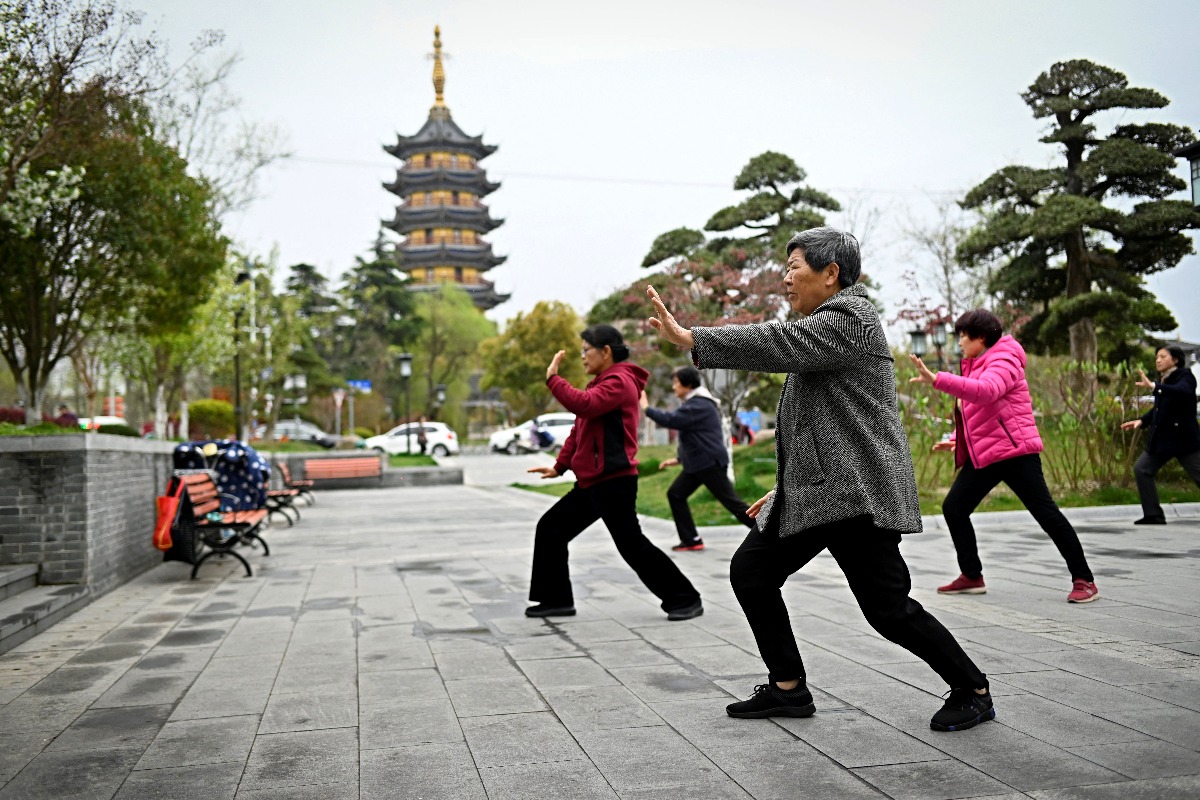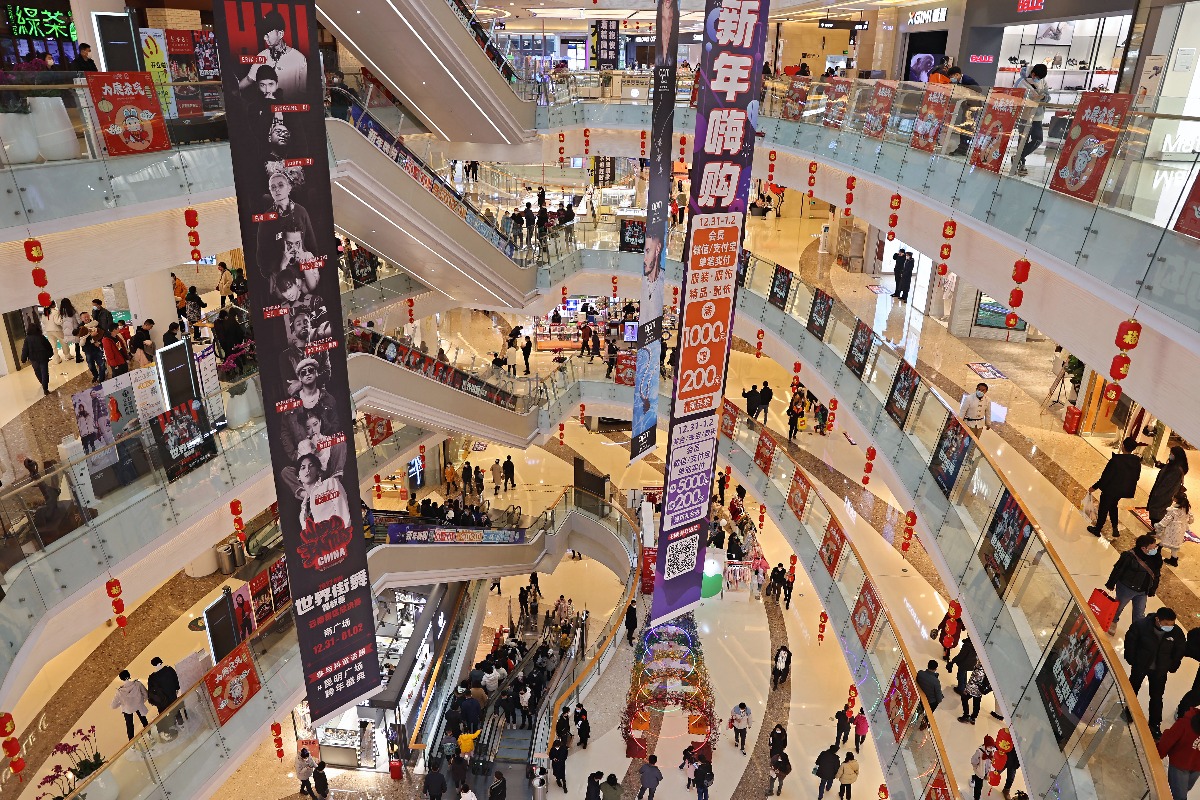In 2021, Japanese Prime Minister Fumio Kishida announced a “new capitalism” that would transform the way the market economy works through the quartet of innovation, digitalisation, green transition and resilience. The combination of growth and a more equal income distribution is also a key element of this approach, moreover, the pro-work, pro-business and pro-family focus is also clear.
In this sense, other major players in the East Asian region, such as South Korea and Singapore, are also pursuing a “new capitalism” alongside Japan. One way or another, these countries will have to cope with the (partial) depletion of the growth models they have had so far, and they seem to have the necessary adaptability for this. In South Korea, the concentration of power and wealth in traditional family business conglomerates, the so-called “Chaebols”, is being challenged by new challenges. The “new economic policy” of outgoing South Korean President Moon Jae-in has promoted, along with an income-driven and job-centred economy, a more level playing field for small and medium-sized enterprises with the “Chaebols”. The President is also known for the Korean New Deal 2.0, a major strategic programme with separate pillars on social safety nets and human capital development (Human New Deal), as well as entrepreneurship and local investment initiatives (Local New Deal).
Singapore has recently focused on wage growth, a fairer and more competitive tax system, and labour skills development. The tiny city-state is in a unique position because its economy is built on its role as a global financial and logistics hub. However, in 2022, a tax-centred budget (luxury tax, sales tax, carbon tax) has been decided to target the sustainable social transition.
This is not only of socio-political interest, but also reflects an important business trend. The combination of growth and more balanced income relations is expected not only to reduce internal social tensions but also to stimulate consumption. New consumer markets that were previously untouched could open up. McKinsey economists estimate that in this decade, by 2030, one out of every two extra dollars will be spent in the Asia-Pacific region, meaning that companies in the region could be competing for half of the global consumption growth, that is $10 billion. Companies need to understand the consumers of the new economies aiming for a high quality of life, who will make up 55 per cent of the world’s upper-middle class households in 2030. In the developed countries of Asia, a third of the households are now crowding the markets with single-person, urban-based, online consumers. It is “just” a matter of finding a sustainable, competitive way to meet demand...
Marcell Horváth - The author is the Executive Director for International Relations of the Magyar Nemzeti Bank
Eszter Boros – The author is an expert in the International Relations Directorate of the Magyar Nemzeti Bank
This article was originally published in our Hungarian-language magazine Eurázsia in 2022.


